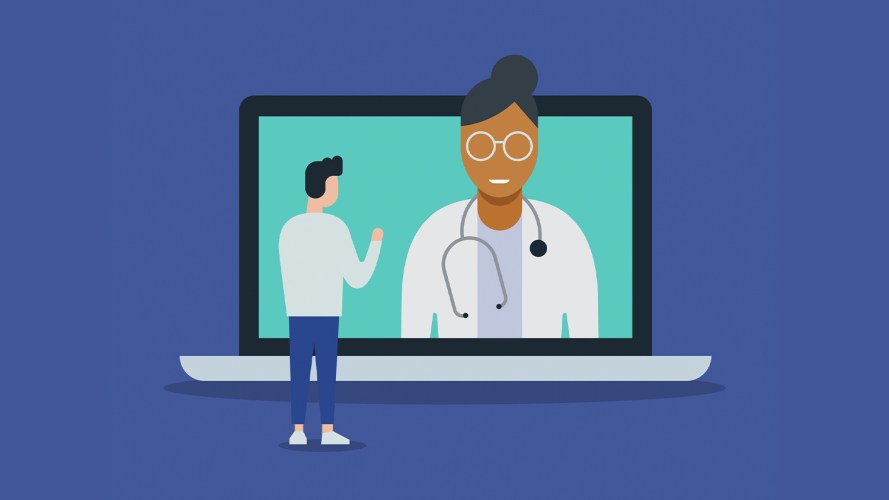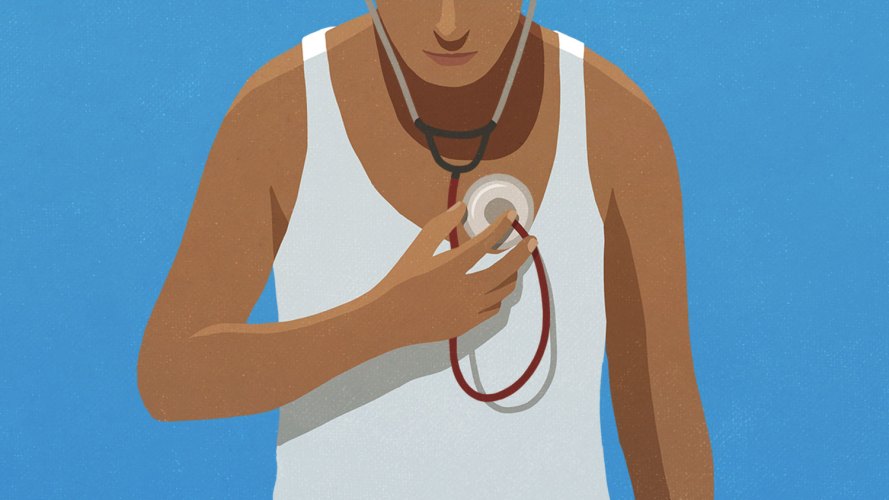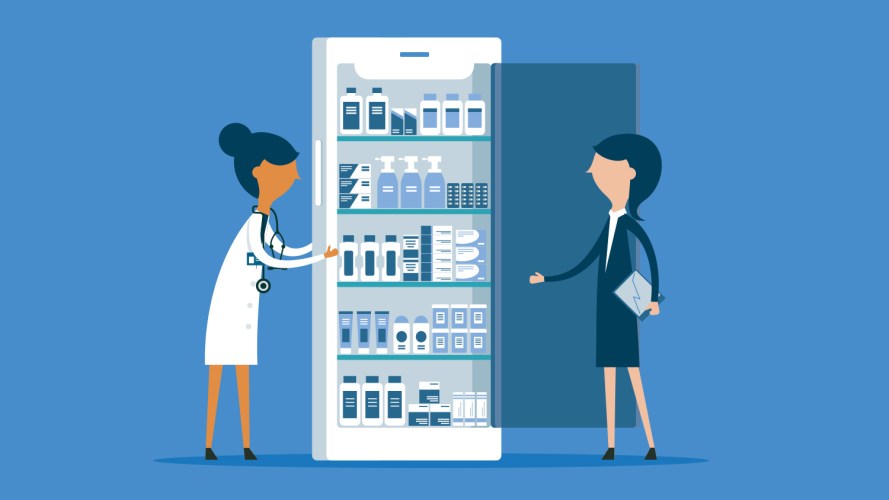Customer Transformation in Medtech: One Team Aligned Around the Customer



Here are three areas medtech companies should focus on to improve patient lives while still being an effective partner to the healthcare industry.

Michael Schwartz
When I entered the medical device field out of college an (unspecified) number of years ago, it seemed like a golden age for the industry. Innovation was flying out of the lab into the clinic, invasive surgical procedures were being replaced by minimally-invasive alternatives, and patients were living longer and better lives due to the industry’s improved product offerings. Fast forward to today, the industry has grown towards a $500B global market, yet the dominant narrative we hear about is increasing pricing pressure, tighter industry regulation, and shrinking margins.
Healthcare and the Fourth Industrial Revolution
Indeed, these are all legitimate concerns for the medical device industry. Healthcare organizations across the world have cited the need to curtail costs and focus on value, outcomes, and safety. We’ve also entered the Fourth Industrial Revolution, where artificial intelligence, Internet of Things (IoT), voice recognition, and blockchain are weaving their way into our daily lives, causing a wave of increasing customer and consumer expectations. Dominant tech and consumer brands are allocating significant internal and M&A resources towards the healthcare sector, creating a dizzying array of partnership opportunities and competitive threats. Medical device leaders must focus on growing their businesses with operational excellence while keeping a relentless focus on the customer. Simultaneously, they must drive a future vision that harnesses the best of their internal innovation with external capabilities to continue to improve patient lives while delivering better value to healthcare systems.
Along these lines, industry leaders are often told they need to have a digital transformation plan. There is clear data to suggest digitally mature companies correlate with higher growth rates. One study suggests that companies with higher digital maturity are 2.5 times more likely to report double-digit revenue growth. Yet when we advise executive and line-of-business leadership from medtech companies, it is customer transformation that takes the top spot on the agenda.
Adapting and succeeding today means becoming a customer-centric company
What do we mean by customer transformation? It’s the recalibration of a business model; it’s taking on a true customer-first mentality. This transformation often starts by building a complete view of the customer, threading all of your company’s data and customer touchpoints in a unified platform. Building upon that foundation, all teams can leverage this platform to align around the customer and continue to innovate for their business. This transformation is as much a cultural shift within an organization as it is a technological shift.
Driving a customer-centric mindset within every team is a higher-order goal that should be thought of as the culmination of many aligned transformations, not the renovation of a single technology system.
As the Salesforce Healthcare and Life Sciences team returns from the annual MedTech Conference, I’d like to suggest the following three focus areas for medtech companies to consider in their pursuit of improving patient lives while still being an effective partner to the healthcare industry.
1. Think of CRM as the entire relationship you have with your customers
CRM (customer relationship management) is often thought of as a very narrowly defined set of sales business processes (e.g., customer meetings, sales opportunities, forecasts). In the medtech industry, this only represents one of many aspects that impact customer relationships. Thus, your CRM shouldn’t be thought of as a software point solution, but rather a holistic platform to understand and engage with your customers. This should include your individual provider engagements, omni-channel inquiries, hospital system or account-level interactions, marketing programs, digital campaigns, speaker events, service calls, inventory management, and field operations.
2. Focus on unifying your data to align all teams around the customer
Building a complete view of your customer helps all teams align around the customer, and enables everyone to exceed their job expectations with intelligent insights. Field sales and clinical specialists can better understand when their physician customers have engaged with marketing programs, submitted service or medical inquiries, and can ensure they have the right inventory on hand for each scheduled procedure. Service, operations, and market access teams can be more responsive to their external customers and internal partners. Marketing teams can better align with Sales to deliver high impact programs with increased ROI. In all cases, this leads to proactive behavior to exceed customer expectations rather than reactive handling of inbound inquiries. Tools like Customer 360 helps connect data from any source, and helps everyone across your organization create better experiences for everyone.
3. Get ready for the future —it will be here before you know it
Commercial excellence and operational efficiency are immediate imperatives in the medtech industry, but everyone should be thinking about what the future will look like. We don’t advocate to adopt new technologies simply for the sake of having a ‘program,’ but it certainly makes sense to understand how artificial intelligence, IoT, blockchain, and the like can help your companies deliver a better customer experience.
Build a long term vision, but select near-term projects that will have an immediate impact. For example, one of our medtech Trailblazers has a product line consisting of large capital equipment deployed in hospitals. They chose to connect all of these instruments back into their CRM to give real-time status on clinical utilization, preventative maintenance, and user profiles. This is a fantastic example of a next-generation IoT technology being used to drive a customer-centric business process. While the tech industry has adopted a ‘fail fast’ strategy for new technologies, medtech has more to consider with patient lives and industry regulation at stake. We advocate a strategy of deploying innovation across focused use cases with the ability to sense and respond in real time, and working with platforms that can scale quickly and evolve in an agile manner.
We look forward to working with many more Trailblazers in the medical device industry.
What is a Healthcare CRM? View the guide to learn more.























